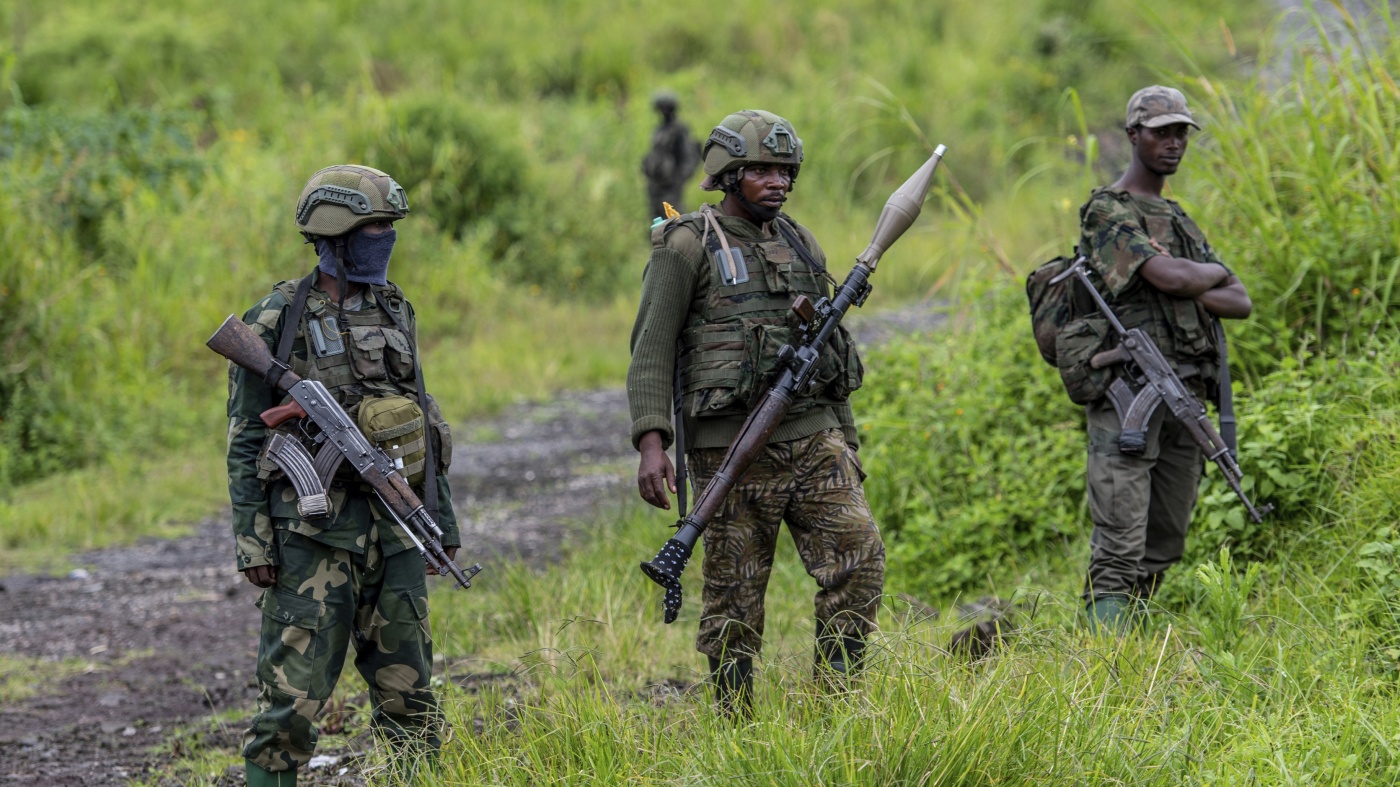A Fragile Hope: Analyzing the Ceasefire Declaration Between Congo, Rwanda, and the M23 Rebels
Introduction: A Glimmer of Hope in a Troubled Region
Eastern Congo, a region rich in natural resources, has been a battleground for decades, marked by ethnic tensions, political instability, and relentless violence. The recent signing of a declaration of principles in Qatar between the Democratic Republic of Congo (DRC), Rwanda, and the M23 rebels has sparked cautious optimism. This agreement, aimed at establishing a permanent ceasefire, could be a turning point in the quest for lasting peace. However, the path forward is fraught with challenges, requiring a deep understanding of the historical context, the key players, and the specifics of the declaration.
A Patchwork of Conflicts: Understanding the Historical Context
The conflict in eastern Congo is not a standalone issue but a complex web of ethnic tensions, political rivalries, and economic exploitation. The region’s instability stems from a legacy of colonialism, the aftermath of the Rwandan genocide, and the relentless scramble for Congo’s vast mineral wealth.
The M23, or “March 23 Movement,” is one of many armed groups operating in the area. Composed primarily of Congolese Tutsi, the group claims to defend its community’s interests against perceived marginalization and discrimination. However, the M23 has been accused of severe human rights abuses, including killings, rapes, and the recruitment of child soldiers.
Rwanda’s role in the conflict is particularly contentious. The DRC government, the United Nations, and several Western powers have accused Rwanda of supporting the M23, providing troops, weapons, and logistical support. Rwanda has consistently denied these allegations, citing its security concerns, particularly the presence of Rwandan Hutu rebels in eastern Congo, as justification for its involvement.
Qatar’s Diplomatic Gambit: A Sign of Progress?
The declaration of principles signed in Qatar is a testament to persistent diplomatic efforts to resolve the conflict. Qatar’s mediation represents a departure from traditional Western-led peace initiatives, offering a more culturally sensitive and contextually relevant framework for negotiations.
The declaration builds on a previous peace deal signed between Congo and Rwanda on June 27th. It marks the first direct commitment by both sides since the rebels seized two key cities in eastern Congo, signaling a cautious but notable step forward. The agreement outlines a commitment to begin formal negotiations on a comprehensive peace deal, with a final accord expected to be signed in approximately one month. This timeline suggests a sense of urgency and a commitment to maintaining momentum.
Principles vs. Practice: The Devil in the Details
While the declaration of principles is a positive development, it is only the first step in a long and arduous process. The success of the agreement will depend on several factors, including the willingness of all parties to implement the commitments outlined, the ability to address the root causes of the conflict, and the effectiveness of monitoring and enforcement mechanisms.
One of the biggest challenges will be ensuring that the ceasefire is respected on the ground. Previous ceasefire agreements have been repeatedly violated, and there is no guarantee that this one will be any different. The presence of numerous armed groups, porous borders, and the lack of effective state control in eastern Congo all contribute to the difficulty of maintaining peace.
Another critical issue is addressing the underlying grievances that fuel the conflict. This includes issues of land ownership, political representation, and economic opportunity. Without addressing these issues, any peace agreement is likely to be fragile and unsustainable.
The Path Forward: Challenges and Opportunities
The declaration of principles presents both challenges and opportunities. The key to success will be building on this momentum and creating a sustainable peace process.
Challenges:
– Distrust: Decades of conflict have created deep-seated distrust between the various parties involved. Building confidence and fostering genuine dialogue will be essential.
– Enforcement: Ensuring that the ceasefire is respected and that the commitments outlined in the declaration are implemented will require robust monitoring and enforcement mechanisms.
– Root Causes: Addressing the underlying grievances that fuel the conflict will be a complex and time-consuming process.
– External Interference: Continued interference from external actors, including neighboring countries and multinational corporations, could undermine the peace process.
Opportunities:
– Regional Cooperation: The peace process could create opportunities for greater regional cooperation and integration.
– Economic Development: Peace and stability could pave the way for increased investment and economic development in eastern Congo.
– Good Governance: The peace process could create opportunities for strengthening governance and promoting the rule of law.
– Humanitarian Relief: A lasting peace could allow for greater access to humanitarian aid and a reduction in human suffering.
A Cautious Conclusion: Hope and Vigilance
The signing of the declaration of principles is a welcome development, but it is not a guarantee of peace. The road ahead will be long and difficult, requiring sustained commitment, political will, and international support.
Eastern Congo has suffered immensely, and its people deserve a chance to live in peace and security. The declaration of principles offers a glimmer of hope, but it is up to all parties involved to seize this opportunity and work towards a lasting and sustainable peace. Only time will tell if this declaration will be the turning point that finally brings an end to the decades of conflict in eastern Congo or if it will simply be another false start in a region accustomed to dashed hopes. The world must remain vigilant, offering unwavering support to the peace process and holding all actors accountable for their commitments. The future of eastern Congo depends on it.







